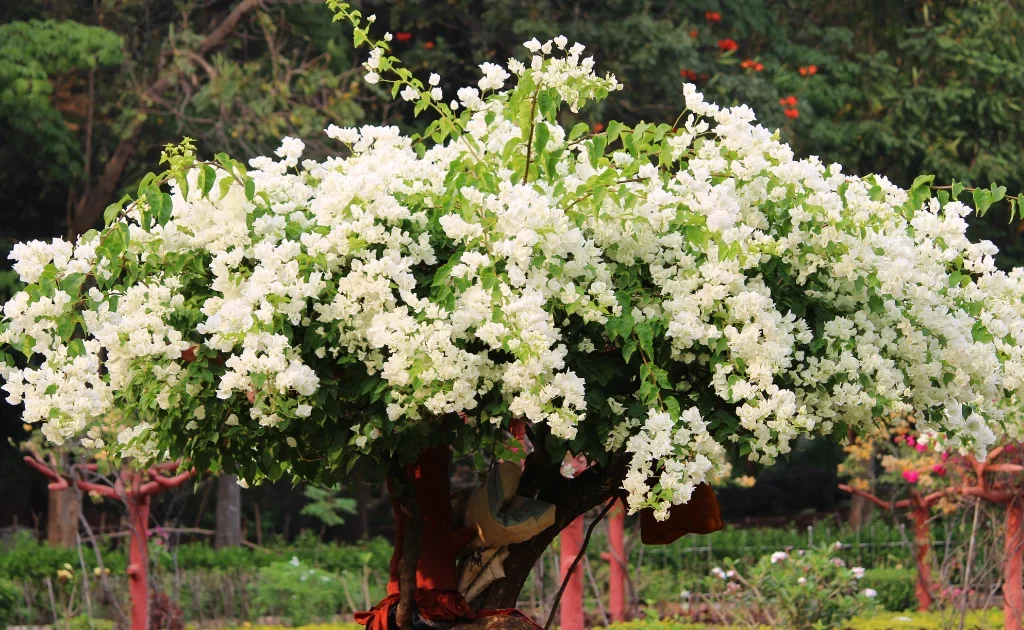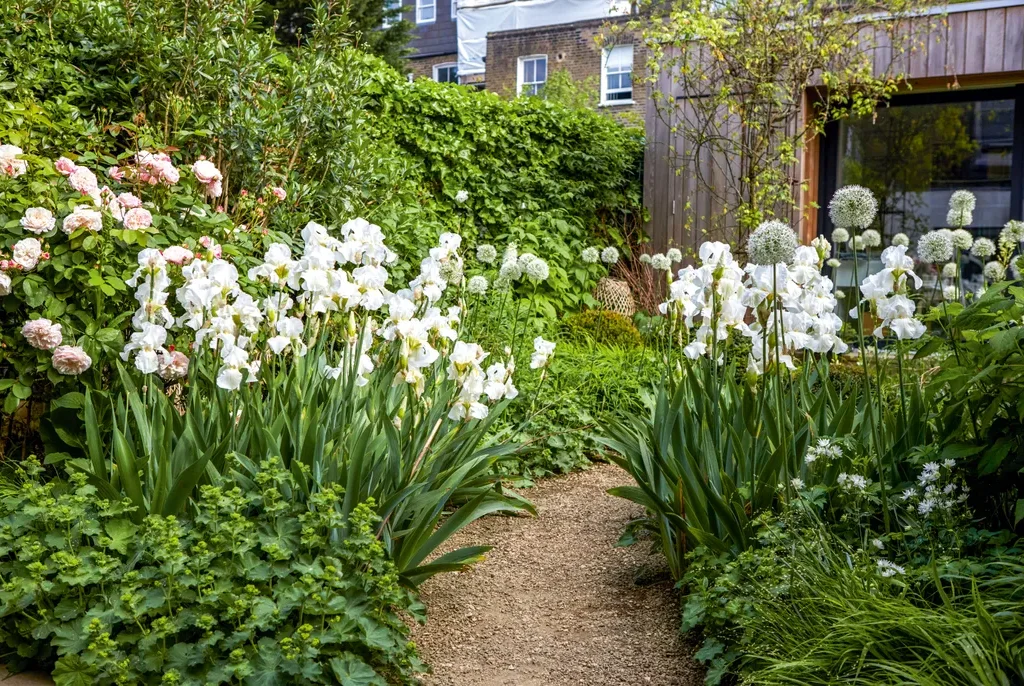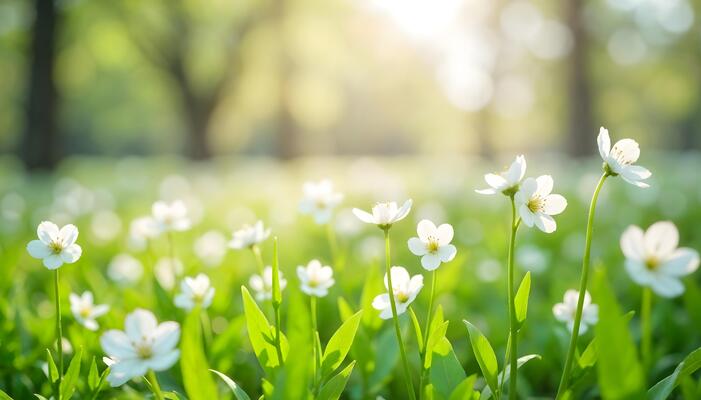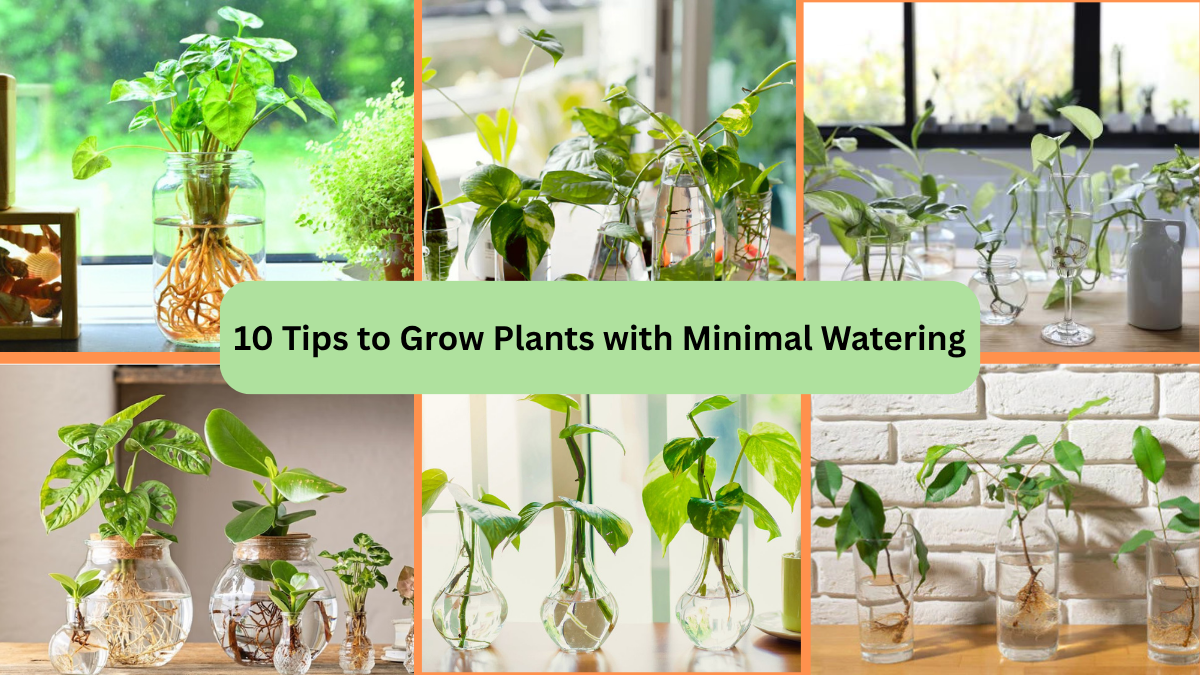Creating an all-white flower garden is a timeless way to add elegance, tranquility, and a touch of magic to your outdoor space. White flowers symbolize purity, peace, and simplicity, and when combined thoughtfully, they transform any garden into a serene sanctuary that shines in daylight and glows softly under moonlight.
Whether you’re a seasoned gardener or just starting out, designing an all-white flower garden offers a unique challenge and opportunity to play with textures, shapes, and varying shades of white to create depth and interest. In this guide, we’ll share 10 expert tips to help you create a stunning all-white flower garden that blooms beautifully year-round.

Why Choose an All-White Flower Garden?
Before we dive into the tips, let’s highlight why an all-white flower garden is worth considering:
- Versatility: White flowers complement any style—modern, cottage, formal, or wild.
- Focus on Texture: Without color distractions, leaf shapes and flower forms become the star.
- Year-Round Appeal: Many white-flowered plants bloom in different seasons, keeping your garden fresh.
- Nighttime Beauty: White blooms reflect moonlight and garden lighting, creating a dreamy atmosphere.
- Easy Pairing: White flowers can pair with almost any foliage color or garden accessory.

Tip 1: Plan Your Garden Layout with Texture and Height in Mind
Since your garden will focus on one color, texture and form become crucial to avoid a flat, monotonous look.
- Mix plants with different leaf shapes: broad, narrow, fuzzy, smooth.
- Use flowers with varied bloom shapes: spikes, bells, globes, cups.
- Layer your garden vertically — include tall, medium, and low-growing white flowers to create depth.
- Example: tall white foxgloves, medium white daisies, and low white creeping thyme.
Planning the garden in layers keeps the eye engaged and makes the white theme visually dynamic.

Tip 2: Choose a Variety of White Flowers That Bloom Across Seasons
For a garden that stays lively all year, pick flowers with staggered bloom times.
- Spring: White tulips, lily of the valley, white bleeding heart.
- Summer: Shasta daisies, white roses, white hydrangeas.
- Fall: White asters, chrysanthemums.
- Winter: Hellebores, snowdrops.
This variety ensures your garden remains a fresh canvas of white beauty throughout the year.

Tip 3: Mix Perennials, Annuals, and Bulbs for Continuous Interest
Including a mix of plant types adds to the garden’s richness and guarantees consistent flowering.
- Perennials: Come back year after year — examples include white coneflowers, peonies, and garden phlox.
- Annuals: Offer vibrant bursts of white for a season — try white petunias, impatiens, or cosmos.
- Bulbs: Provide early and late season pops — think white daffodils and snowdrops.
This diversity helps avoid any gaps in bloom time while enhancing textures.

Tip 4: Use White Flowering Shrubs and Vines for Structure and Volume
Shrubs and vines provide a strong foundation, structure, and visual weight.
- White hydrangeas add volume and large rounded blooms.
- Gardenias deliver fragrant, creamy white flowers.
- Clematis and jasmine vines create stunning white cascades on trellises or fences.
- Mock orange (Philadelphus) offers sweet-scented white blooms in late spring.
These plants act as anchors for your white garden and bring a lush, layered look.

Tip 5: Incorporate White Foliage or Silver-Leaved Plants for Contrast
Not all white is from flowers alone! Silvery or white-toned foliage plants add shimmer and contrast to your garden.
- Dusty miller (Senecio cineraria) has soft silver-gray leaves.
- Lamb’s ear provides a velvety white-green texture.
- Artemisia adds silvery, fragrant foliage.
- White sage or sagebrush bring subtle color variation.
This interplay between foliage and blooms deepens the garden’s visual appeal.
Tip 6: Pay Attention to Soil and Sunlight Requirements
White flowers vary widely in their growing needs, so planning with soil and sun in mind is essential.
- Most white-flowered plants thrive in full sun to partial shade.
- Well-draining soil is usually preferred, but check specifics for each species.
- Amend soil with organic compost for richer blooms and healthier plants.
- Group plants with similar water and light needs together to make care easier.
Healthy soil and proper placement ensure your white flowers flourish beautifully.
Tip 7: Use Garden Accessories and Mulches That Complement the White Theme
Keep your garden’s theme consistent by choosing accessories that enhance the white color palette.
- White or light-colored garden benches, pots, and trellises reinforce the theme.
- Pale stone paths or gravel can brighten the area.
- Light-colored mulch, such as straw or pale wood chips, contrasts nicely with green foliage.
- Solar garden lights can highlight white blooms beautifully at night.
Accessories are subtle but powerful ways to unify your all-white garden design.
Tip 8: Practice Succession Planting for Extended Bloom Time
To keep your garden continuously flowering, use succession planting techniques.
- Plant bulbs that bloom early and late to extend the flowering window.
- Sow annual white flowers every few weeks during the growing season.
- Deadhead spent blooms to encourage more flowering.
- Prune perennials and shrubs at the right time to stimulate new growth.
Succession planting maintains an elegant flow of white blossoms throughout the year.
Tip 9: Add Scented White Flowers for an Extra Sensory Experience
Fragrance turns a visual delight into a full sensory garden experience.
- Jasmine, gardenia, and sweet alyssum offer lovely white flowers with captivating scents.
- Honeysuckle vine with white blooms attracts pollinators and pleases the nose.
- White lilies, especially Oriental varieties, bring a rich, sweet aroma.
Choose scented white flowers to make your garden a peaceful retreat filled with delightful fragrances.
Tip 10: Maintain Your All-White Garden with Proper Care and Seasonal Clean-Up
Like any garden, an all-white flower garden needs regular care to stay healthy and radiant.
- Water consistently, especially during dry spells.
- Mulch to retain moisture and suppress weeds.
- Fertilize with a balanced formula to promote strong blooms.
- Remove yellowing leaves and faded flowers to keep the garden tidy.
- Protect delicate blooms from pests with natural remedies if needed.
Regular maintenance ensures your white garden remains a stunning, serene space all season long.
Bonus: Top 10 Stunning White Flowers to Include in Your Garden
Here are ten classic white flowers that bring elegance, texture, and seasonal interest:
- Shasta Daisy (Leucanthemum x superbum) — Cheerful, large white petals with sunny centers.
- White Peony — Luxurious, full blooms with soft fragrance.
- White Hydrangea — Large clusters perfect for structure.
- Gardenia — Creamy, highly fragrant blossoms.
- Foxglove (Digitalis purpurea) — Tall spires of white tubular flowers.
- Snowdrops (Galanthus) — Early spring heralds with delicate white bells.
- White Lily (Lilium) — Elegant, trumpet-shaped blooms.
- Sweet Alyssum — Low-growing carpet of tiny white flowers.
- Astilbe — Feathery white plumes for shady spots.
- Clematis — Stunning white climbing flowers for vertical interest.
Final Thoughts: Embrace the Elegance of an All-White Flower Garden
An all-white flower garden is a beautiful, timeless choice that offers calm and sophistication to any landscape. By focusing on texture, variety, fragrance, and seasonal interest, you can create a garden that feels both peaceful and vibrant.
Whether you want a romantic retreat, a minimalist modern garden, or a dreamy moonlight escape, white flowers provide endless possibilities for design and creativity.
So, grab your gardening gloves and start planning your all-white masterpiece — a garden that will glow with elegance and charm through every season.





